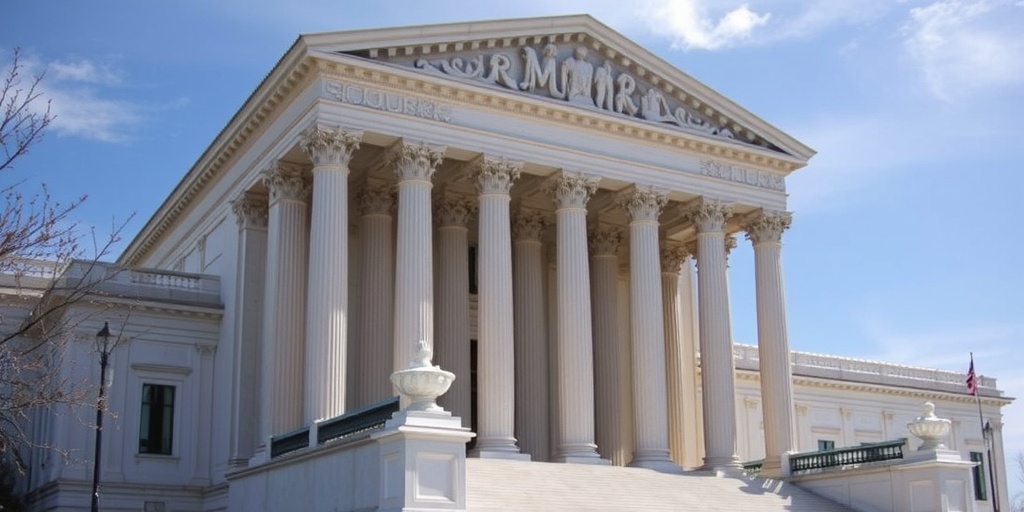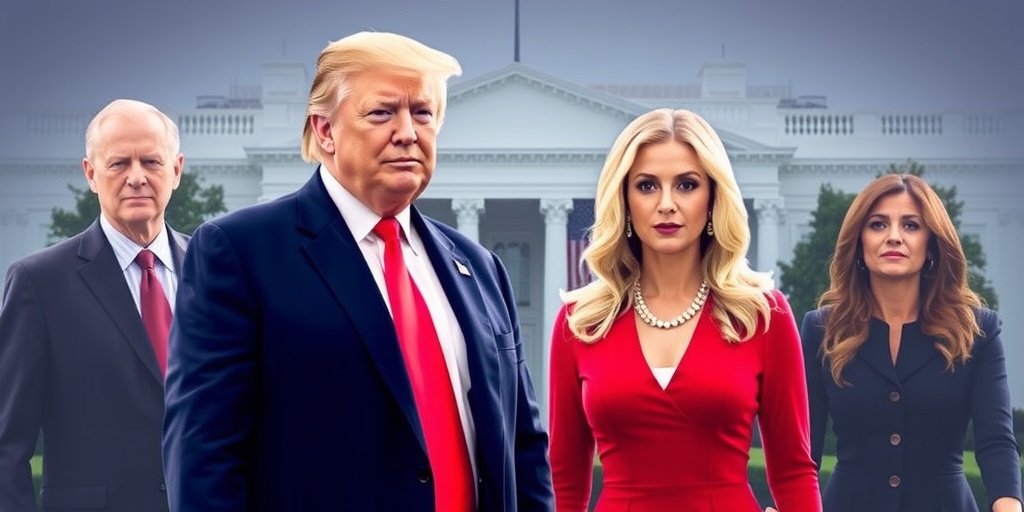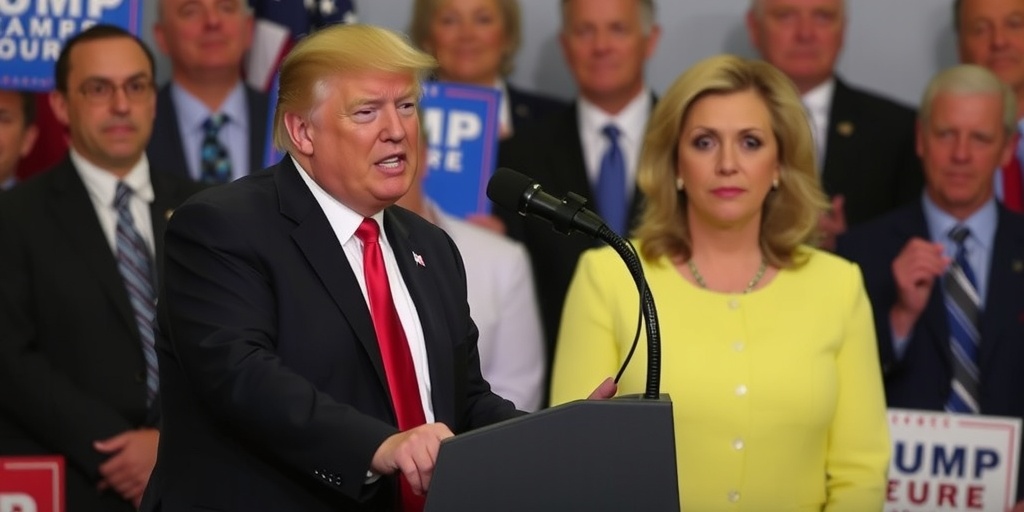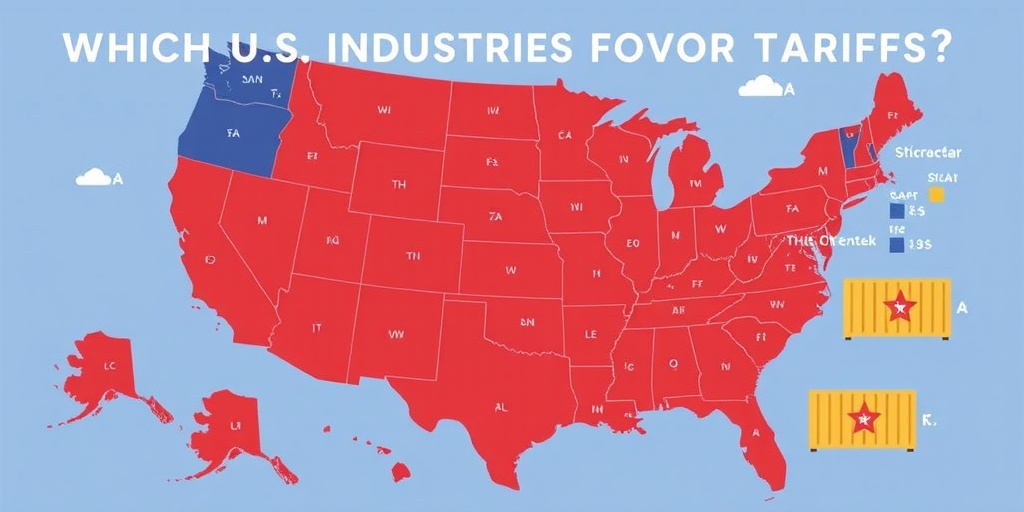Now Reading: Supreme Court’s Immunity Ruling Impacting New Trump Cases
-
01
Supreme Court’s Immunity Ruling Impacting New Trump Cases
Supreme Court’s Immunity Ruling Impacting New Trump Cases

Title: The Implications of “Trump v. United States”: A New Era for Presidential Power
In a striking development related to executive authority, the recent Supreme Court rulings have become a focal point for discussion among legal experts and political analysts alike. The seminal case of Trump v. United States, which granted significant immunity to former President Donald Trump from prosecution, has featured prominently in the Supreme Court briefs filed by his attorneys since his return to office earlier this year. This ruling has set a noteworthy precedent that goes beyond immediate legal implications, echoing through discussions on presidential powers and their boundaries.
The initial brief filed by Trump’s legal team made reference to the Trump v. United States decision, underscoring its influence in a new case concerning Mr. Trump’s ability to dismiss the head of an independent agency without providing a justifiable reason. At first glance, this case seemed to bear little relevance to the matters of prosecutorial immunity that underpinned the earlier ruling. However, the strategic alignment was deliberate. Legal experts argue that the implications of the previous decision resonate deeply within the constitutional framework, making it a valuable asset for Trump’s defense.
Scholar Jack L. Goldsmith, a professor at Harvard Law School and former Justice Department official, pointed out that the true lasting impact of the Trump v. United States decision would not simply lie in its ruling on immunity but rather in its augmentation of presidential power. He suggested that it contains some of the most influential opinions on the authority of the presidency ever articulated by the Court. Chief Justice John G. Roberts Jr., in his majority opinion, emphasized the concept of a robust executive branch, articulating that the president operates uniquely within the government, with comprehensive powers conferred by the Constitution.
The ongoing case involving Hampton Dellinger, the former head of a governmental oversight body, illustrates the practical ramifications of the Trump v. United States decision. Although the Supreme Court ultimately dismissed this particular matter as moot after Dellinger ceased his legal battles, the legal interpretations derived from the earlier ruling will likely resurface in other cases challenging President Trump’s executive directives. These decisions include those related to the firing of federal employees, governmental restructuring, and the allocation of funds earmarked by Congress.
As scholars continue to analyze the Trump ruling, it appears that many of its most significant components were overshadowed by its direct implications at the time. The immediate reaction to the ruling centered primarily around its postponement of Trump’s corresponding criminal trial regarding his attempts to overturn the 2020 election results. This postponement had the practical effect of shielding Trump from scrutiny while voters were preparing for the polls.
Legal analysts have acknowledged that while much attention was paid to the three-part test laid out in the ruling regarding presidents facing criminal prosecution, the absolute immunity established for certain core presidential duties presents a far greater astuteness in interpreting executive privilege. Chief Justice Roberts delineated that certain executive responsibilities must not be encumbered by legislative or judicial interference, including the freedom to dismiss appointed officials and to influence criminal investigations through the Justice Department.
Professor Goldsmith remarked on the consequences of the ruling, stating that it heralds an era of enhanced executive power that could tip the balance of authority within the federal government. He highlighted how the court, known for its cautious treatment of presidential power, deviated from its traditional restraint in this case, issuing rulings that grant presidents expansive authority over their dealings with the legislative branch and the judiciary.
Professor Christine Kexel Chabot from Marquette University further critiqued the ruling, questioning its alignment with originalist principles of constitutional interpretation. She suggested that this decision interjects a level of presidential power far greater than what was initially envisaged by the framers of the Constitution.
As anticipation builds for future legal challenges stemming from these recent interpretations of presidential powers, analysts are closely monitoring how lower courts will navigate the precedents established by Trump v. United States. The decision’s broad strokes could very well redefine the contours of executive authority in American government, potentially leading to an era where presidential prerogatives are less constrained by checks and balances traditionally exercised by Congress and the courts.
In conclusion, the discussions surrounding Trump v. United States highlight significant shifts in the interpretation of presidential power and its consequences for governance. As the legal landscape evolves, the reverberations of this ruling will likely shape political discourse and judicial outcomes in the years to come, embodying the ongoing tension between executive authority and accountability in American democracy.
Stay Informed With the Latest & Most Important News
Previous Post
Next Post
-
 01New technology breakthrough has everyone talking right now
01New technology breakthrough has everyone talking right now -
 02Unbelievable life hack everyone needs to try today
02Unbelievable life hack everyone needs to try today -
 03Fascinating discovery found buried deep beneath the ocean
03Fascinating discovery found buried deep beneath the ocean -
 04Man invents genius device that solves everyday problems
04Man invents genius device that solves everyday problems -
 05Shocking discovery that changes what we know forever
05Shocking discovery that changes what we know forever -
 06Internet goes wild over celebrity’s unexpected fashion choice
06Internet goes wild over celebrity’s unexpected fashion choice -
 07Rare animal sighting stuns scientists and wildlife lovers
07Rare animal sighting stuns scientists and wildlife lovers





















